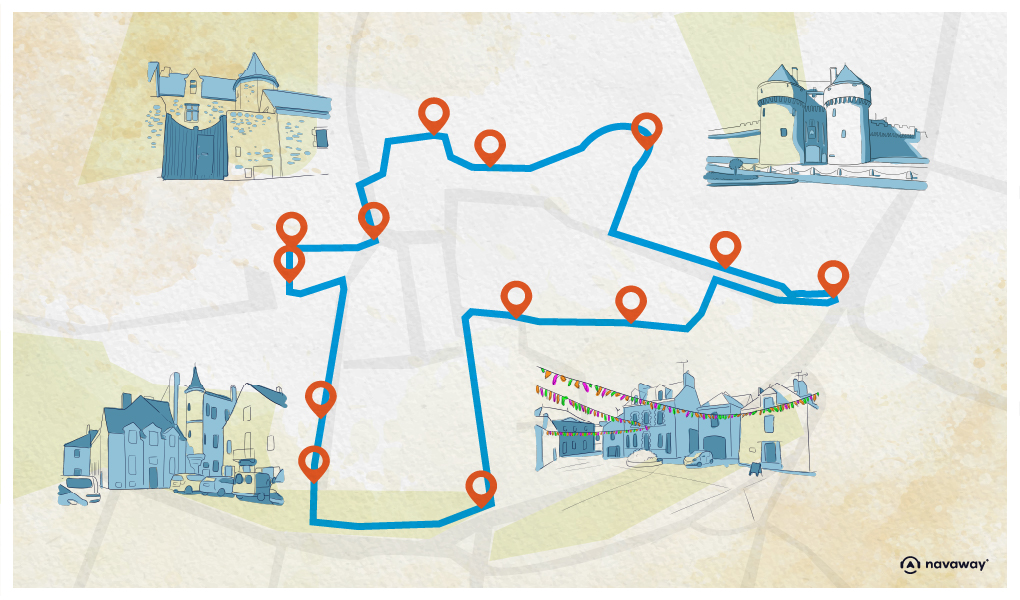
Saint-Michel Street

This point of interest is available as audio on the tour: Visit Guérande, The Key to Brittany
You’re standing in front of the Porte Saint-Michel, the grand gateway into Guérande’s medieval old town. As you’ve no doubt noticed, the city is still surrounded by its formidable stone ramparts—one of the best-preserved fortified walls in France, despite having undergone very little restoration over the centuries.
Stretching for 1,300 meters, the fortifications include six towers and four fortified gates that once defended the city. Aseventh tower once stood here but was demolished in 1818. Even so, the ramparts were classified as a Historic Monument in 1877 for their remarkable state of preservation, earning Guérande the nickname “the Carcassonne of the West.” The construction of these mighty walls began in the 14th century under the Duke of Brittany, who financed the project to protect the city. Built between the 14th and 15th centuries, the ramparts were gradually reinforced over time.
It was during this same period that the Porte Saint-Michel was erected. More than just the main entrance to the city, it also served as the governor’s residence. During the French Revolution, it was turned into a prison, and from 1815 to 1954 it housed the Town Hall. What you see today is both a defensive stronghold, with its machicolations, gun ports, and arrow slits, and an elegant building reflecting the city’s prestige at the time.
In the Middle Ages, guards controlled everyone and everything passing through here, levied taxes, and kept watch from the top, which rises 24 meters above the ground. Back then, the gate was equipped with two drawbridges, a portcullis, and a moat for added protection. Above the entrance, you can still see the city’s coat of arms.
Today, the gate is home to the Guérande Museum, where you can explore medieval rooms, exhibitions, scale models, and interactive displays that bring the city’s history to life. The visit also takes you up onto the ramparts for a real step back into the Middle Ages.
There’s even a dedicated trail for children and regular guided tours, so be sure to check the opening days and times before you go.

After passing through the Porte Saint-Michel, you’re now inside Guérande’s medieval old town, walking along Rue Saint-Michel, the main shopping street that leads straight to the Collegiate Church of Saint-Aubin. Behind you, you can picture the governor’s grand apartments in the upper floors of the gate.
This has been a busy thoroughfare since medieval times, once known as the “Grand Rue,” and its cobblestones and timber-framed houses will make you feel as though you’ve stepped back in time. What’s unusual about Guérande is that we have very few historical references to the town before the 13th century. The Collegiate Church of Saint-Aubin is first mentioned in 854, but the existence of a true medieval settlement isn’t confirmed until 1206, and much of what came before remains a mystery. What we do know is that part of the town’s ramparts date from the 14th century, a time marked by one of the region’s defining events: the War of the Breton Succession.
Back then, Brittany was an independent duchy, ruled by its dukes as sovereigns. When Duke John III died without a direct heir in 1341, the big question was: who would take the throne? Two claimants emerged, Joan of Penthièvre, his niece, married to Charles of Blois and backed by France, and John of Montfort, the duke’s half-brother, supported by England. The French peerage decided in favor of Charles of Blois, while the townspeople here supported John of Montfort. This all unfolded at the start of the Hundred Years’ War between France and England, and Brittany’s strategic location made it too important for either side to relinquish.
For years, the rivals fought over the duchy, with battles, captures, and shifting control. In 1364, Charles of Blois was killed at the Battle of Auray, leaving John of Montfort victorious. The following year, the Treaty of Guérande was signed here, officially recognizing him as Duke of Brittany and ending the war. The duchy kept its independence, and while it acknowledged the French king by offering military support and allowing occasional royal interference, it remained largely self-governing, minting its own coins, collecting its own taxes, and running its own parliament and institutions.
That autonomy, much like in Burgundy or Provence, preserved Brittany’s distinct traditions and identity. By the late 15th century, though, France began tightening its grip, not through war, but through political marriages. Duchess Anne of Brittany was wed, first to King Charles VIII of France, then to his successor, Louis XII. Her daughter, heir to the duchy, was also married off to the future King Francis I, who gradually integrated Brittany into the French crown.
In 1532, the Estates of Brittany signed an edict making the duchy a French province, though they retained some control over taxes, their parliament, and certain judicial matters. Even so, Breton customs and traditions endured, and you can still feel them strongly here today.
Guérande played a pivotal role in this history, it was the site of both peace treaties that ended the succession war. It’s partly because of those conflicts that John of Montfort fortified the town so heavily. Fast forward to 1941, when the Vichy regime redrew France’s regional boundaries, separating Loire-Atlantique from Brittany to bring Nantes closer to Angers.
When modern administrative regions were established in 1956, Loire-Atlantique became part of the Pays de la Loire instead of Brittany, a decision that still sparks debate. Historically Breton at heart, Guérande has kept its traditions alive and remains deeply rooted in Brittany’s identity. Let’s keep walking, you’re about to see more of it for yourself.

Discover Guérande with app
An interactive guide through the most beautiful streets, squares, and districts
14 fun audioguides full of historical facts, anecdotes, and legends
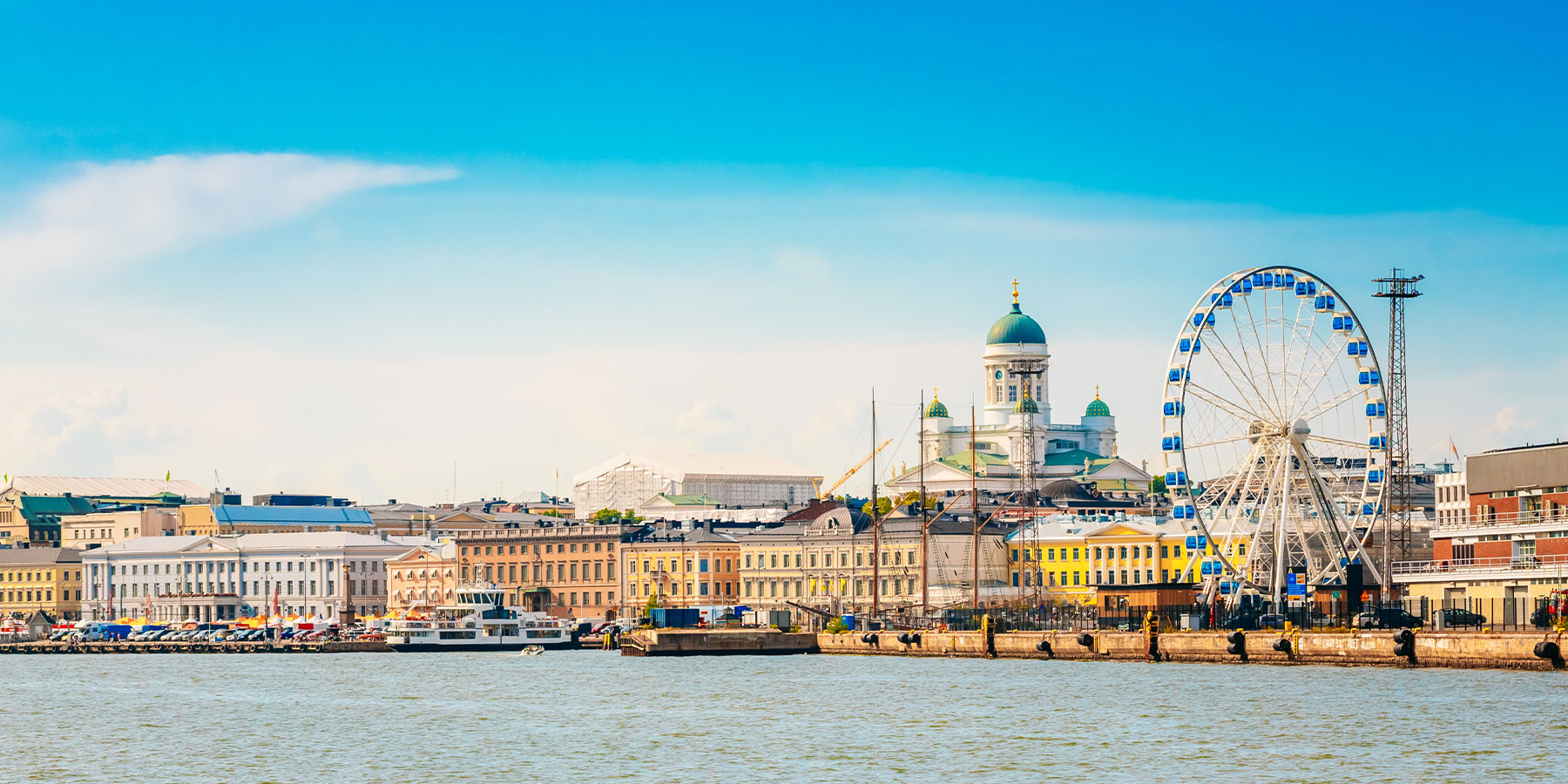
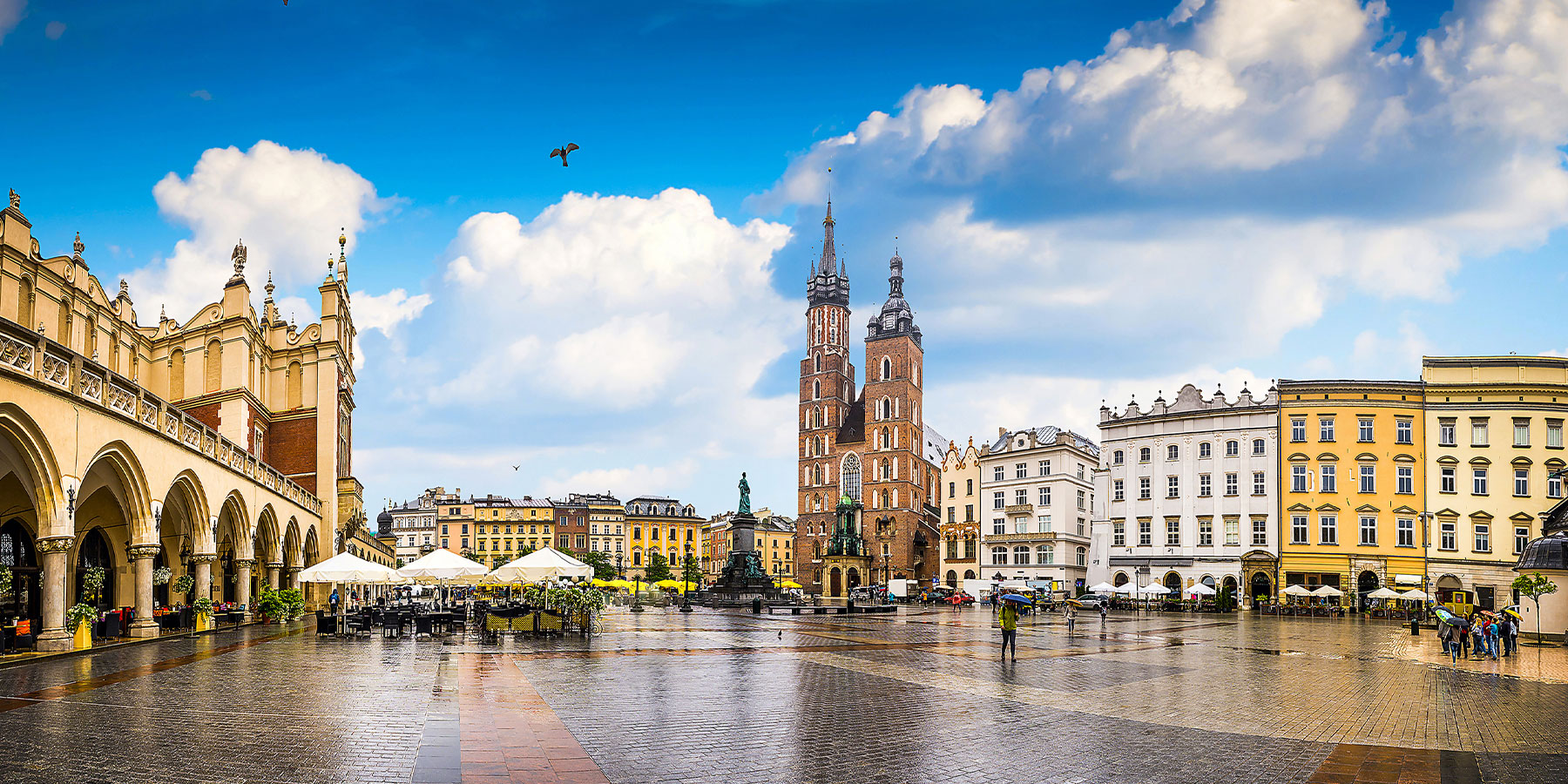
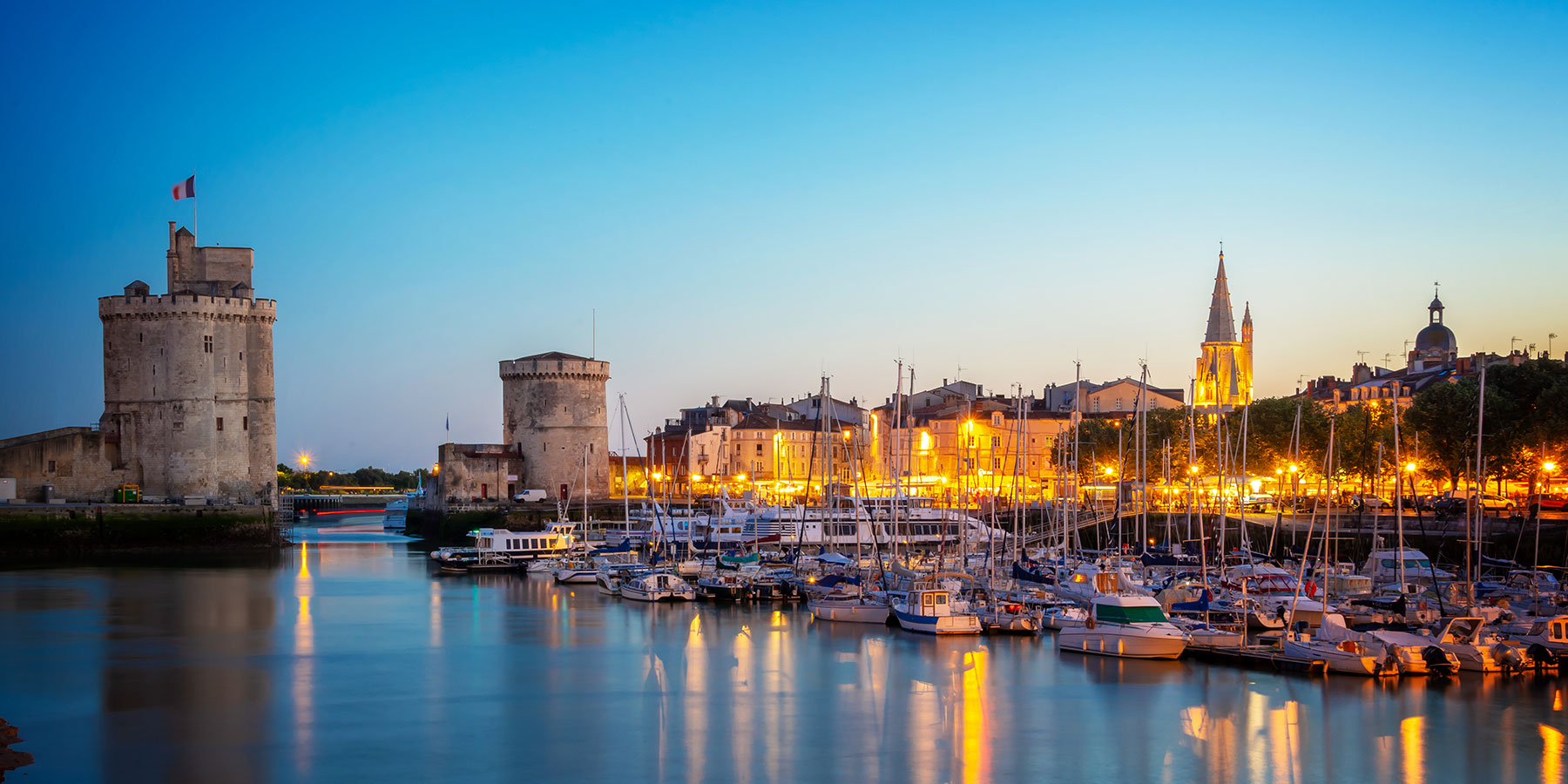
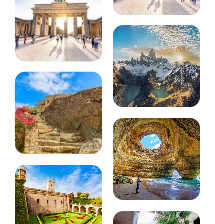

Comments